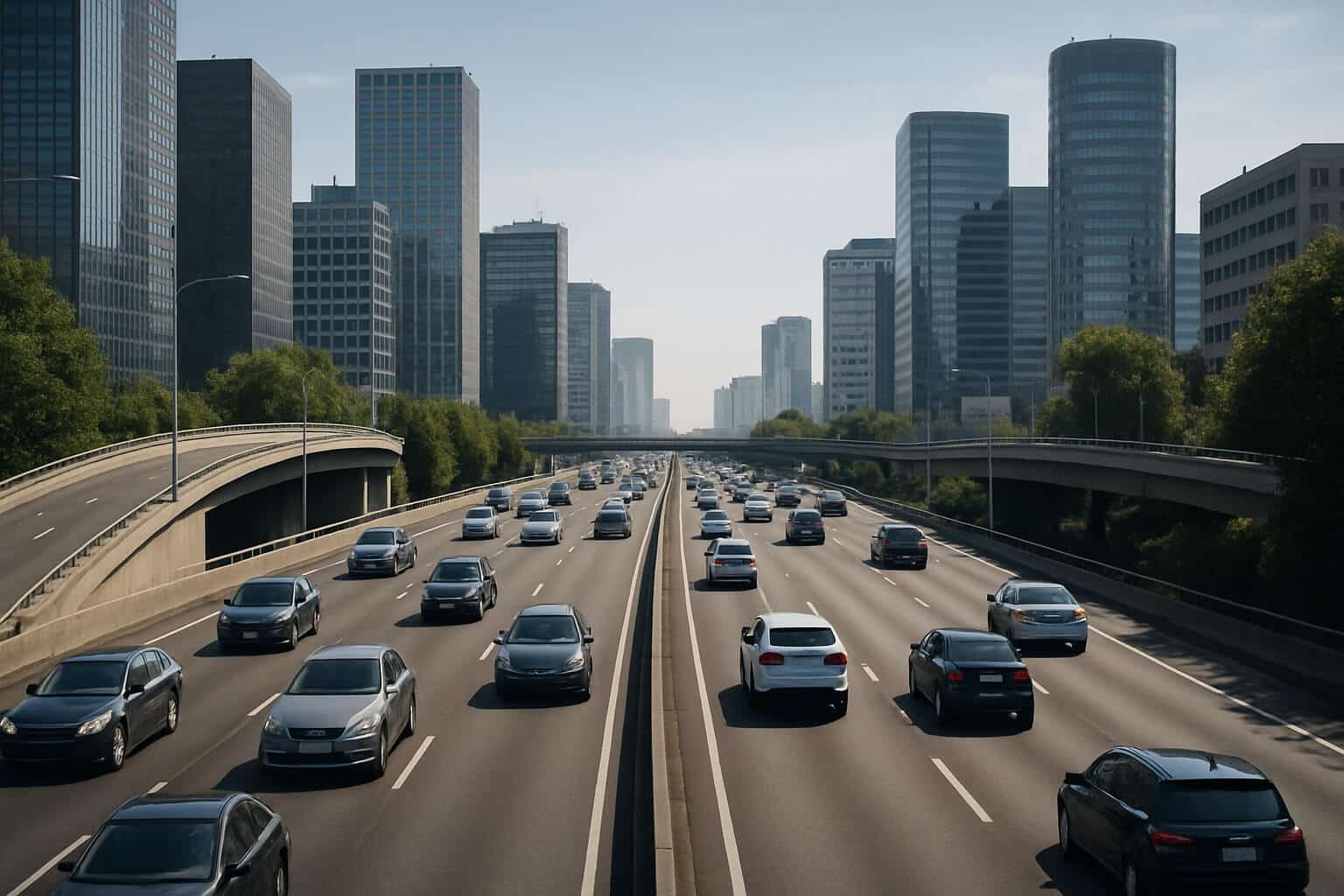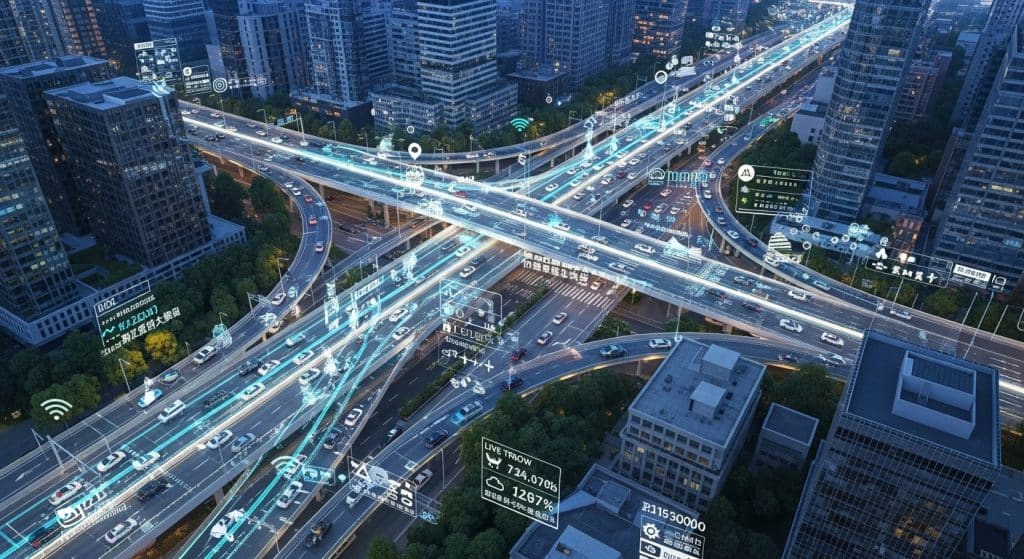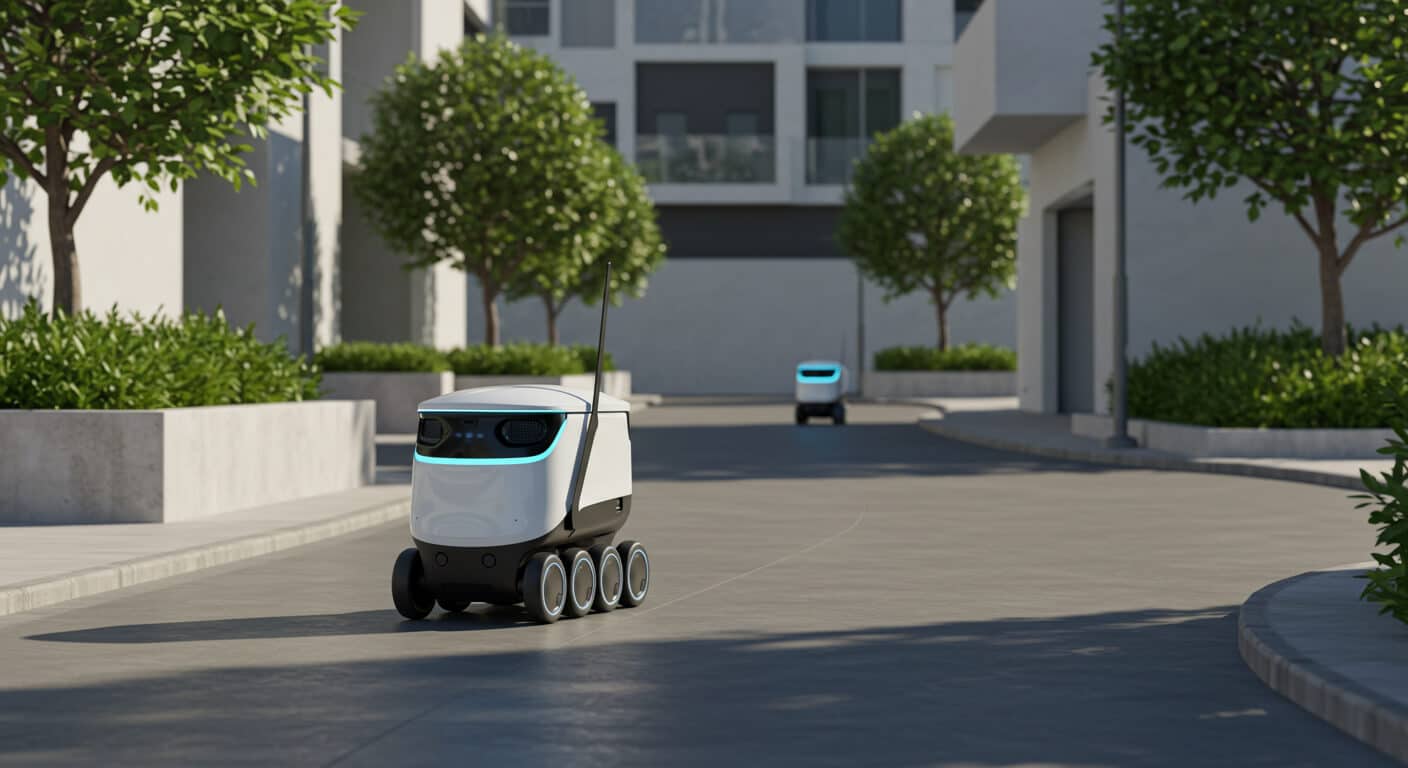
How AI Predictive Traffic Optimization Is Shaping the Future of Navigation
AI predictive traffic optimization is redefining how we navigate roads by turning static routes into dynamic, intelligent travel experiences. Instead of reacting to traffic jams after they happen, today’s systems analyze past and real-time traffic patterns, weather conditions, and user habits to predict congestion before it occurs. This allows navigation apps to recommend safer, faster, or more fuel-efficient routes before the journey even begins, helping users save time and reduce stress on the road.
Understanding AI Predictive Traffic Optimization
AI-driven predictive traffic optimization utilizes artificial intelligence to process vast amounts of data and forecast traffic patterns. This includes everything from past traffic trends and current road conditions to weather changes and individual driving habits. The result is a system that recommends the best possible path, balancing speed, safety, and environmental impact.
This approach is a leap forward from traditional navigation. Instead of reacting to traffic jams after they happen, AI predictive traffic optimization helps users avoid delays before they start driving. It’s about staying ahead of the curve, saving time, and making every trip as smooth as possible.
How AI Predictive Traffic Optimization Works
At the heart of AI predictive traffic optimization are machine learning models trained on large datasets. These models learn from traffic flow, accident reports, weather updates, and user feedback. As new data comes in, the system adapts and improves, delivering more accurate predictions over time.
Real-time data from connected vehicles, sensors, and mobile devices feeds into the system, enabling dynamic route adjustments. For example, if an accident causes a sudden traffic jam, AI predictive traffic optimization can quickly reroute drivers to avoid congestion. It can also suggest routes that minimize fuel use by avoiding stop-and-go traffic or steep inclines.
The Benefits of AI Predictive Traffic Optimization
One of the most noticeable advantages of AI predictive traffic optimization is the time saved. By forecasting traffic conditions before users start their journey, the system can suggest routes that help drivers avoid delays and arrive at their destinations sooner.
Fuel efficiency is another key benefit. Optimized routes reduce unnecessary idling and detours, which lowers fuel consumption and emissions. This not only saves money but also supports environmental goals.
Safety is improved as well. By steering drivers away from congested or hazardous areas, AI predictive traffic optimization helps reduce the risk of accidents and makes roads safer for everyone.
Drivers also experience less stress. Knowing the best route ahead of time gives people a sense of control and reduces anxiety during their commute or trip.
Finally, efficient routing has a positive environmental impact. Cutting down on unnecessary driving helps reduce carbon footprints and supports broader sustainability efforts.
These benefits make a real difference for anyone who relies on navigation, whether commuting daily, managing deliveries, or planning a road trip.
Applications Across Different Sectors
AI predictive traffic optimization is transforming navigation for a wide range of users. Everyday drivers benefit from smarter route suggestions that save both time and fuel, making their daily commutes smoother and more efficient.
For logistics and delivery companies, this technology is invaluable. It helps optimize fleet routes, leading to faster delivery times and lower operational costs. Better route planning means more reliable service for customers.
Public transportation systems also gain from AI predictive traffic optimization. By using predictive traffic data, transit providers can maintain schedules more effectively and improve the overall passenger experience.
Emergency services are another area where these advances make a difference. First responders receive real-time route updates, allowing them to reach incidents faster and potentially save lives.
In each of these areas, AI predictive traffic optimization is making travel more reliable and efficient.
Desafios e Considerações
While AI predictive traffic optimization offers many advantages, it also faces challenges. Data quality and availability are critical; inaccurate or incomplete data can lead to poor predictions. Privacidade concerns arise from collecting and processing user location and behavior data. Integrating AI systems with existing infrastructure also requires investment and technical expertise.
Addressing these challenges is essential for delivering a navigation experience that is both powerful and trustworthy. Transparent data practices, robust security measures, and continuous system improvements help ensure that users can rely on AI predictive traffic optimization for their daily journeys.

How DePIN Addresses Challenges in AI Predictive Traffic Optimization
Decentralized Physical Infrastructure Networks (DePIN) offer a promising solution to many of the challenges faced by AI predictive traffic optimization. By decentralizing data collection and infrastructure management, DePIN projects reduce reliance on centralized data sources, improving data accuracy and resilience.
MapMetrics, as a DePIN project focused on navigation apps, exemplifies this approach. It leverages a community-driven network of devices and users to gather tráfego em tempo real and location data, ensuring a richer and more reliable dataset. This decentralized model enhances privacy by giving users control over their data and reducing the risk of single points of failure.
Moreover, DePIN enables transparent and secure data sharing through blockchain technology, which helps build trust among users and stakeholders. The distributed nature of DePIN also facilitates scalability and adaptability, allowing navigation systems to integrate diverse data sources and respond dynamically to changing conditions.
By addressing data quality, privacy, and infrastructure challenges, DePIN projects like MapMetrics pave the way for more effective and trustworthy AI predictive traffic optimization, ultimately leading to smarter and safer navigation experiences.
The Future of AI Predictive Traffic Optimization
As technology advances, AI predictive traffic optimization will become even more precise and personalized. Integration with emerging technologies like 5G, edge computing, and autonomous vehicles will enhance real-time responsiveness and decision-making. Future navigation apps may offer fully adaptive routes that change dynamically based on user preferences, traffic conditions, and environmental factors.
This ongoing evolution means continuous improvements in navigation accuracy, efficiency, and user experience. The ability to predict traffic and optimize routes in real time will keep navigation platforms at the forefront of the industry.
Overcoming Technical Hurdles
Implementing AI predictive traffic optimization requires attention to data accuracy, privacy, and system reliability. By focusing on these areas, navigation platforms can deliver a service that is both advanced and trustworthy. Users can feel confident that their journeys are guided by the most advanced technology available.
Looking Ahead
The future of navigation is bright, thanks to advances in AI predictive traffic optimization. As machine learning models become more sophisticated and data sources more diverse, navigation apps will continue to evolve. This ongoing innovation promises smarter, safer, and more efficient travel for everyone.


